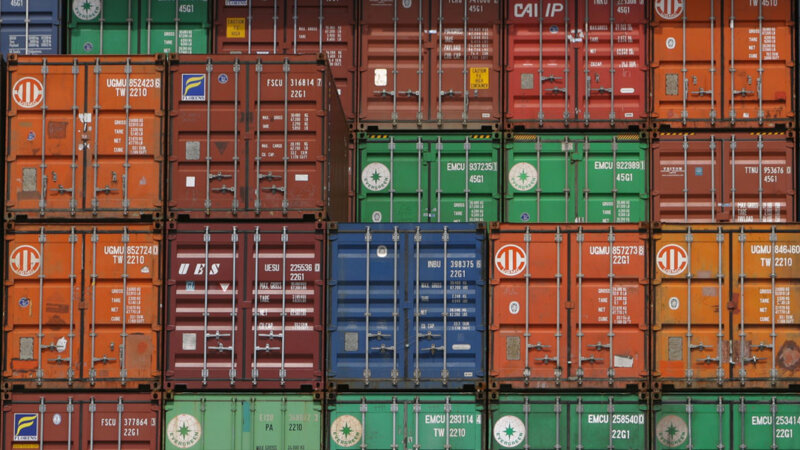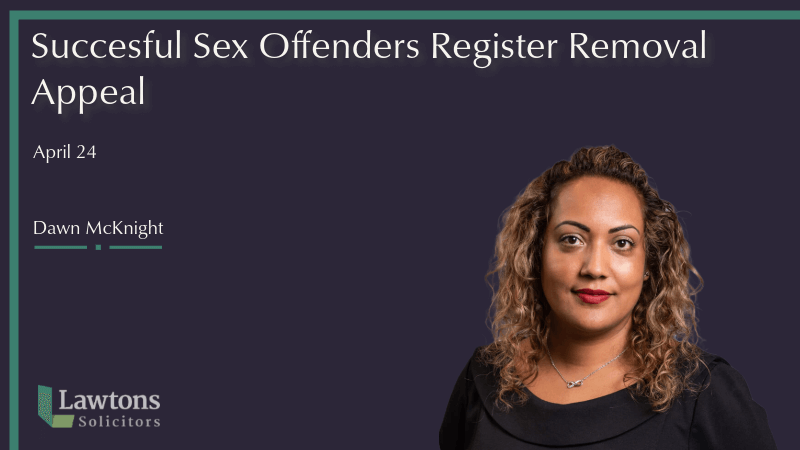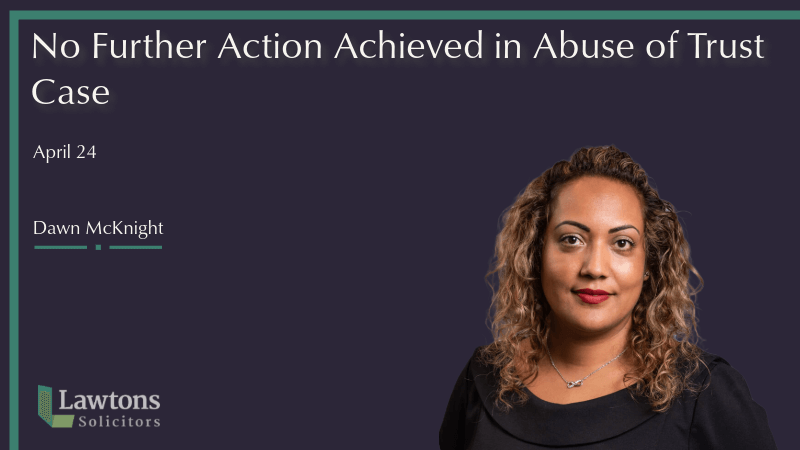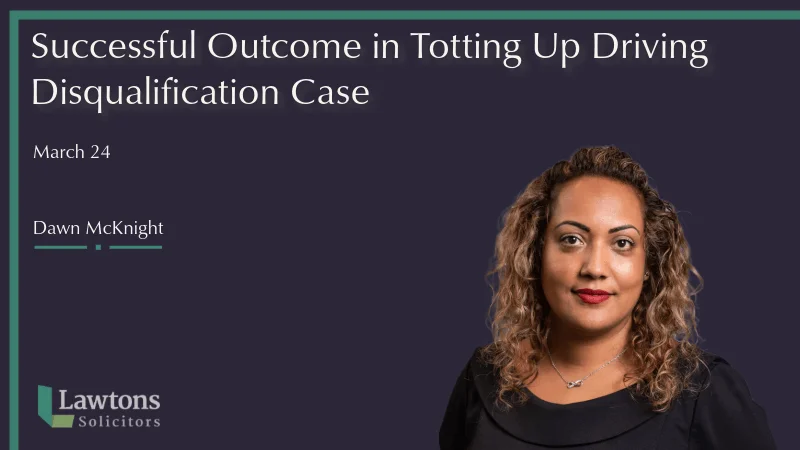The most common use of drugs is for medical purposes and as such many drugs are only permitted for use under the instruction of a medical prescription from a qualified doctor.
Most criminal offences relating to drugs are charged under The Misuse of Drugs Act 1971. This act regulates what are known as ‘controlled drugs’ and is intended to prevent the non-medical use of certain drugs.
Drug classifications
Under the Misuse of Drugs Act 1971, controlled drugs are categorised into 3 classes – Class A, Class B and Class C – in order of their capacity to cause the most potential harm. The class of drug involved in a case reflects the potential consequences and penalties that the courts could rule, based on conviction.
Class A drugs are considered to be the most harmful and include:
- Cocaine
- Crack
- Ecstasy
- Heroin
- LSD
- Magic mushrooms
- Methamphetamine (crystal meth).
The Class A classification also includes certain class B drugs that are injected.
Drug offences involving drugs in this category attract the harshest sentences.
Class B drugs include:
- Amphetamines
- Barbiturates
- Codeine
- Ketamine
- Cannabis
Class C drugs are considered to be the least harmful of the three controlled drug classes and include drugs such as anabolic steroids.
Drug offences
Criminal offences classified under the Misuse of Drugs Act include the following:
- Possession – when you are knowingly in physical possession of a controlled substance without permission. However, possession is not limited to these situations, as it can also include circumstances where drugs are being held under the control of someone else.Any quantity of a controlled drug, however small, can lead to a criminal prosecution for possession
- Possession with intent to supply – it is an offence for a person to have in their possession, whether lawfully or not, a controlled drug with the intent to supply it to another who has no legal right to possess it. Quantity is not the only factor to differentiate between the offences of possession and possession with intent to supply, as other evidence is considered. Often the evidence in these cases may be circumstantial such as the possession of drug supply paraphernalia or phone evidence
- Supply – the act of passing a controlled drug from one person to another. There does not have to be any financial gain to be prosecuted for supplying drugs. The offence of supplying drugs could be on a large scale, but it could also be sharing drugs with friends. The sentence passed by the courts if an individual is convicted of supplying drugs will reflect the person’s role within the supply chain. There are other linked offences such as offering to supply and being concerned in supply
- Production/cultivation of controlled drugs – this can range from growing a small number of cannabis plants through to large scale commercial production
- Importation/exportation – the importation or exportation of any controlled drug is prohibited unless it is done in accordance with the terms of a licence granted by the Secretary of State. These offences will almost always result in a substantial custodial sentence although it will depend upon the quantity of drugs and the role of the individual
- Permitting premises to be used for drug related activities – responsibility for premises lies with any occupiers rather than the owners
Drug related offences
In addition to possession, supply, production and import/export, there are a number of other criminal offences associated with controlled drugs:
- Legal highs – the government are now able to make a legal high a controlled substance using a Temporary Control Drug Order. Once a legal high has been banned with a TCDO, importing, exporting, producing and supplying are all then illegal. Possession is not illegal, however the police can take away and destroy any drugs they find on you
- Drug testing – you can now be tested for drugs at the police station if you have been arrested for a trigger offence such as theft, robbery or burglary and the police have reasonable grounds to suspect the offence was linked to the use of certain Class A drugs
- The police cannot use force to take a sample for this purpose, however if you refuse to provide a sample without good reason it may lead to a separate offence. If you test positive for Class A drugs you will be required to attend a compulsory drug assessment by specialist drugs workers
- Forfeiture – drugs found by the police are normally destroyed by order of the court. S27 Misuse of Drugs Act 1971 allows the court to order forfeiture of anything shown to relate to an offence of which an offender is convicted under the Misuse of Drugs Act 1971 or the Drug Trafficking Act 1994, subject to the courts allowing representations from a third party as to why an order should not be made. Such an application would be made upon conviction
The Proceeds of Crime Act 2002 can also be used to seize cash or assets such as property or vehicles belonging to someone, once convicted, where these have been bought with the proceeds of crime.
Sentences for drug offences can range from a police caution through to life imprisonment for the most serious offences. Should you need further advice or clarification on any drug offence matters, please do not hesitate to contact the specialist team of solicitors at Lawtons.





